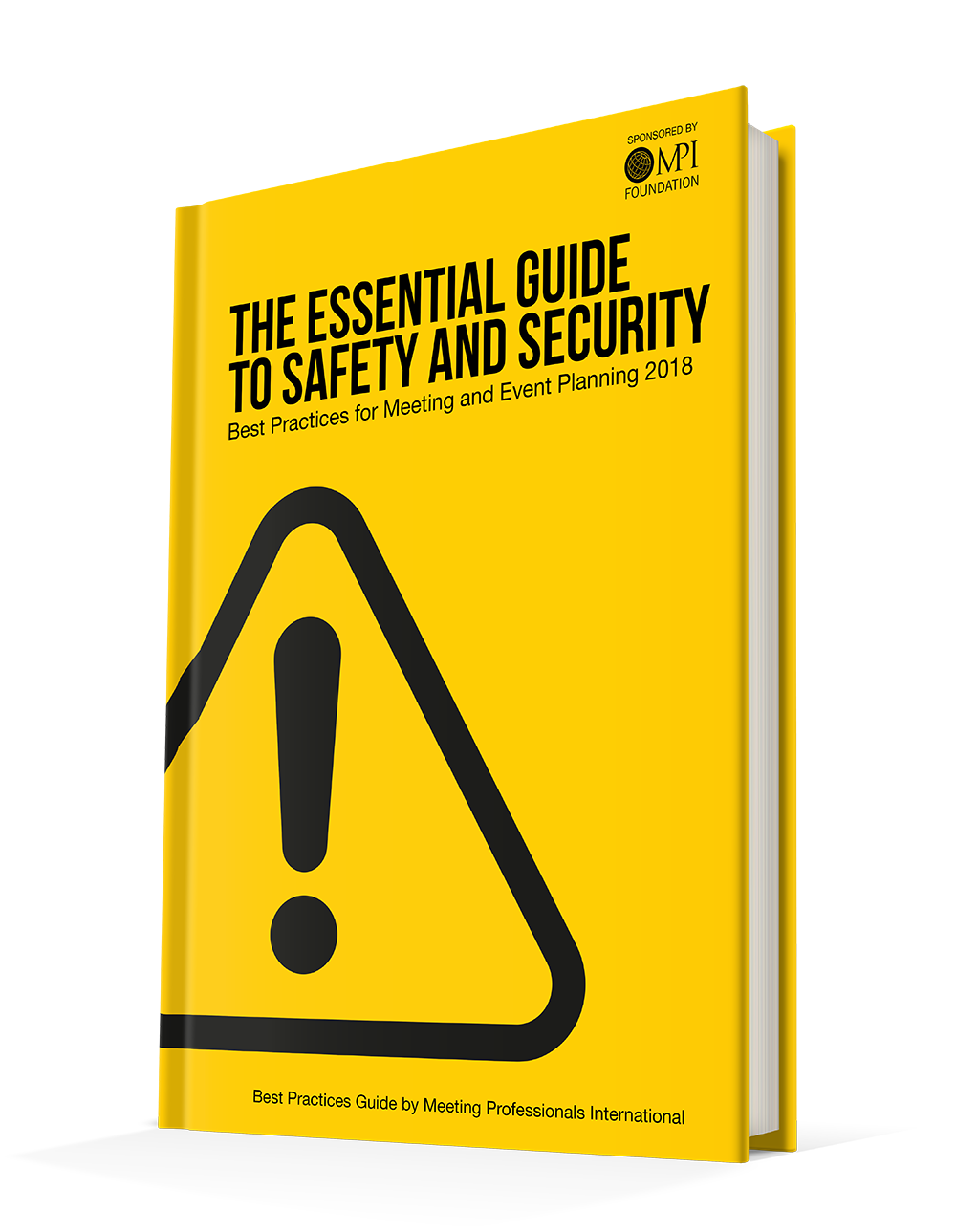Meeting professionals must ensure that all of the staff working their events—from full-time employees to event staff to volunteers—are properly screened (background checks), trained, equipped and motivated. The proper, hiring, training and staffing of the venue and event are extremely important, because all employees will have some effect on safety or security, whether that is their main function/role or not. Here are some best practices to ensure all event staff and volunteers are equipped and properly screened.
Hire an Adequately Sized Event Staff
Maintain an adequately sized, equipped and trained safety/security force based upon venue/event and risk assessment. Ensure that you have sufficient personnel to adequately address safety and security (based on your risk assessment).
Create Event Staff Performance Management Plans
Create staff performance management plans that clearly communicate goals, objectives and expectations. Allow staff to perform self-evaluations and utilize a spreadsheet for event comments on staff and incorporate into annual/season plans. Identify individual short- and long-term goals, utilize strong skills and develop weaker skills.
Document Staff Exercises
Document exercises, indicating the scope and duration, names of personnel who participated, actions for improvement and recommendations for plan modifications. This will help multiple components work together to address any potential incident. Many venues already hold these types of exercises.
Develop a Trusted Event Safety Team
Find creative ways to establish a cadre of safety and security personnel. Develop a group of staff who can handle all events. Reward positive behavior and address high turnover (which increases costs due to training).
Actively Manage Volunteers
Establish a volunteer director to actively manage volunteers. Make sure there are clear roles and responsibilities. The number of volunteers in any area will determine the amount of needed supervision (1 to 8 is optimal). Plan for attrition/no shows, continue to monitor performance and adjust. Establish clear volunteer communications in both directions.



